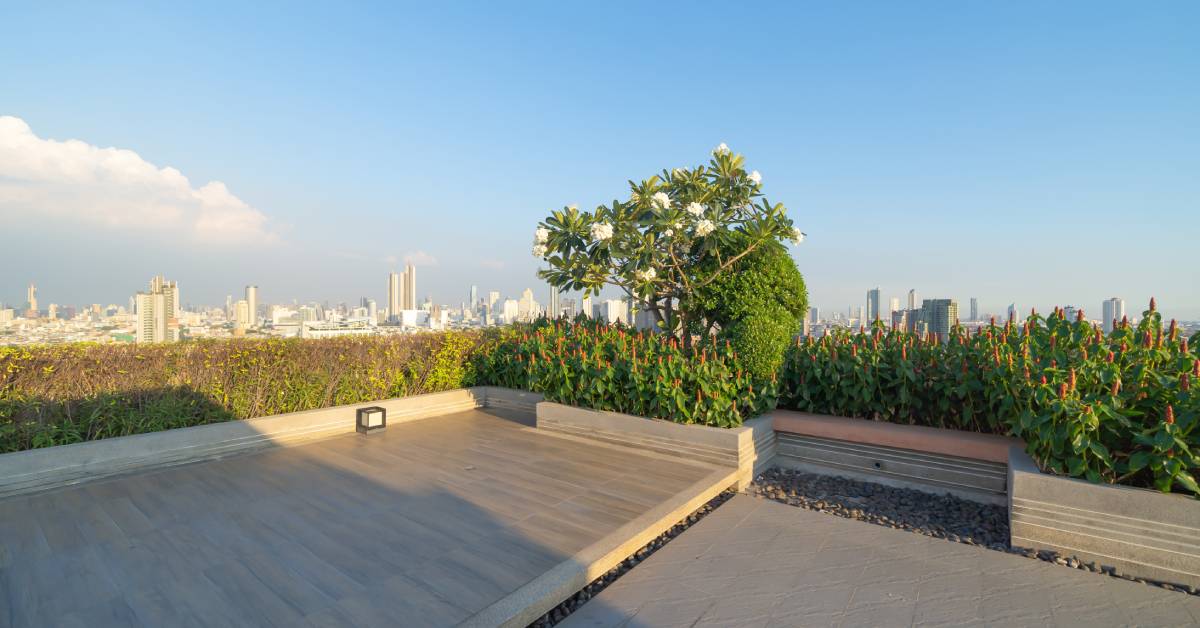Everything Architects Should Know About Rooftop Design

Rooftops blend the indoor and outdoor worlds, making them unique building features for architects to design. From special structural considerations to diverse options for enhancement, rooftop design involves a lot. Here’s everything architects should know about the process.
Structural Considerations for Rooftop Design
Structurally, rooftops are distinctive. Architects must evaluate the weight-bearing capacity of the existing structure to ensure it can support additional load from installations, furniture, and greenery.
The Role of Collaboration
Collaborating with structural engineers during the design phase is essential to guarantee safety and compliance with building codes.
Maximizing Usability and Comfort
A well-designed rooftop should prioritize usability and comfort. This involves thoughtful spatial planning to accommodate various activities, such as dining, lounging, or gardening. Incorporating shade structures, seating, and weather-resistant materials plays a vital role in enhancing the user experience. Effective drainage solutions should also be implemented to prevent water accumulation and avoid structural damage.
Integrating Green Spaces and Sustainability
Rooftops are the perfect places for greenery given their unmetered access to sunlight. This is great because green rooftops contribute to environmental sustainability by reducing the urban heat island effect. They also promote biodiversity and improve air quality.
Bringing life and well-being into outdoor spaces could involve plants, trees, and even urban farming elements. Architects should consider plant selection carefully, opting for drought-resistant species suitable for rooftop environments to ensure longevity and minimal maintenance.
Lighting and Other Aesthetic Enhancements
Lighting plays a pivotal role in transforming rooftop spaces, making them usable and visually appealing at all hours. That’s why everything architects should know about rooftop design extends to creating inviting atmospheres through strategic lighting.
Use a combination of ambient, task, and accent lighting to highlight architectural features and create cozy nooks. Solar-powered lighting is particularly efficient on rooftops and can reduce energy consumption.
Rooftops should be functional, beautiful, inspiring places that are havens for greenery and social life. Architects who understand this know how to curate such a space with the above considerations in mind. By focusing on structural integrity, usability, sustainability, and thoughtful aesthetics, architects can craft rooftop spaces that elevate the user experience and stand the test of time.





